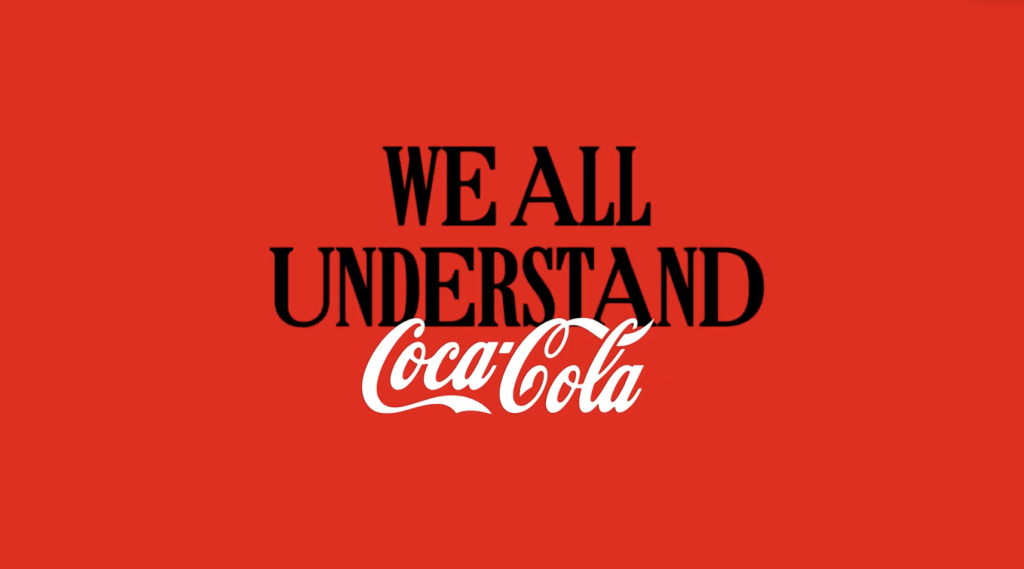Targeting Hispanics With Facebook Advertisements
When it comes to marketing, not all target audiences are created equal. Ensuring that the message is properly tailored for each demographic is paramount to the success of a campaign. Marketers who instead choose to create a Hispanic campaign with a generalized focus will likely face consequences such as brand dilution, customer backlash and negative promotion. As a multicultural agency, our focus is on more specialized demographics, namely Hispanics. To that end, targeting multiple demographics the way one would a general market is an inherently flawed strategy, as the characteristics that make up one group do not necessarily translate to the next. For this reason, we endeavor to expose the pitfalls of hiring a general market agency to do the work best suited for an agency with experience reaching solely Hispanics.
Where a General Market Agency Went Wrong
Recently, the Spanish-language Facebook page of a consumer packaged good received serious backlash for an ad campaign created by its agency of, which poorly targeted the Hispanic market. That is to say, the campaign was not only aimed at Facebook users with Spanish-language profiles (users who set their profile preferences to Spanish) but also users with English-language profiles. While Hispanics can be targeted based on Ethnicity profile settings or specific interest targeting, this agency went the way of selecting Spanish specific interests to target users of both preferences but these were not specific enough to discern between true Spanish-speaking Facebook users and those who were accidentally lumped into the pool. For example, one of the keyword groups used to target users with English-language profiles was entirely made up of Hispanic celebrities, many of who appear on English-language television shows or movies and have thousands—if not millions—of English-speaking fans. Targeting said group could cast a wider net than, say, focusing on artists without a limited crossover fan base. Another “Hispanic” target group included names of media and television shows, which while mostly focusing on shows Hispanics watch such as ¡Despierta America!, included items such as Netflix and Hulu —which are mostly followed by general market users. Of Netflix and Hulu’s estimated combined 3,000,000 users, only about 5.6% of fans speak Spanish, which means approximately 94% of the audience targeted could potentially be disgruntled. By using said keywords, the general market agency that created the campaign assumed that Facebook users who were fans of these celebrities were Hispanic. The outcome was a number of outraged users who did not understand why advertisements in Spanish for this consumer product were appearing in their feed.
This user questioned why a Spanish ad appeared on her page.
The Challenge With Marketing to a Bilingual Audience
Creating a general campaign for a brand is doubly problematic when it has a distinct online presence for English and Spanish. This proved to be the case for the consumer brand, as the brand used the same strategy to reach fans of their English-language page and the Spanish-language entity, which strictly publishes Spanish content that is sensitive to the Hispanic market. Errors in judgment notwithstanding, the marketing agency or brand should have been more thorough in reviewing the campaign to ensure the best strategy was employed. Should each target have its own specific keywords then ads targeted to group 1 would not appear in profiles for group 2. To that end, having the same ad, albeit in different languages, appear for two separate groups—in this case, Spanish-speaking and non Spanish-speaking—will result in both ad fatigue and brand dilution. The content manager’s efforts in ensuring that all creative on each page is specific and curated for each respective audience are countered by ads that seemingly refute this strategy. It is frustrating for both the marketing agency and the audience when an irrelevant ad appears on users’ Facebook feeds. For the agency or brand working hard to make sure that content appeals and speaks to the audience they are trying to reach, such rogue efforts undermine previous work. For the users who, to some extent, entrust the brand they are liking, having an ad that takes up valuable space on their timelines and feeds taints the relationship with the brand. As marketers, it’s important to note that a user’s Facebook page is an intimate space that should be protected, not spammed.
This user, who appears to not speak Spanish, was incorrectly targeted by the generalized campaign.
Resolving the Backlash From Fans
General market agencies miss the mark when it comes to targeting Hispanics, and this typically results in negative feedback. A thoughtful strategy is of utmost important if a brand intends to hold the interest of fans and keep from violating their trust with a campaign that appears recycled and insincere. If a brand finds themselves in a similar predicament, it’s recommended that they—or the marketing agency of record—immediately address the problem by providing a link to the English content, if available, and respond to any negative feedback. Ignoring the situation will inevitably exacerbate the issue.
A user who is presumably a fan of the brand’s multiple pages has already seen promoted post.
Talk To Us
Has your brand been incorrectly marketed in the past? Have you been wrongly targeted by an ad campaign? Whether you’ve been on the receiving end of a poorly strategized ad campaign or experienced a backlash from taking a shortcut to reach your audience, we’d like to know. Please leave us a comment with your thoughts below.






